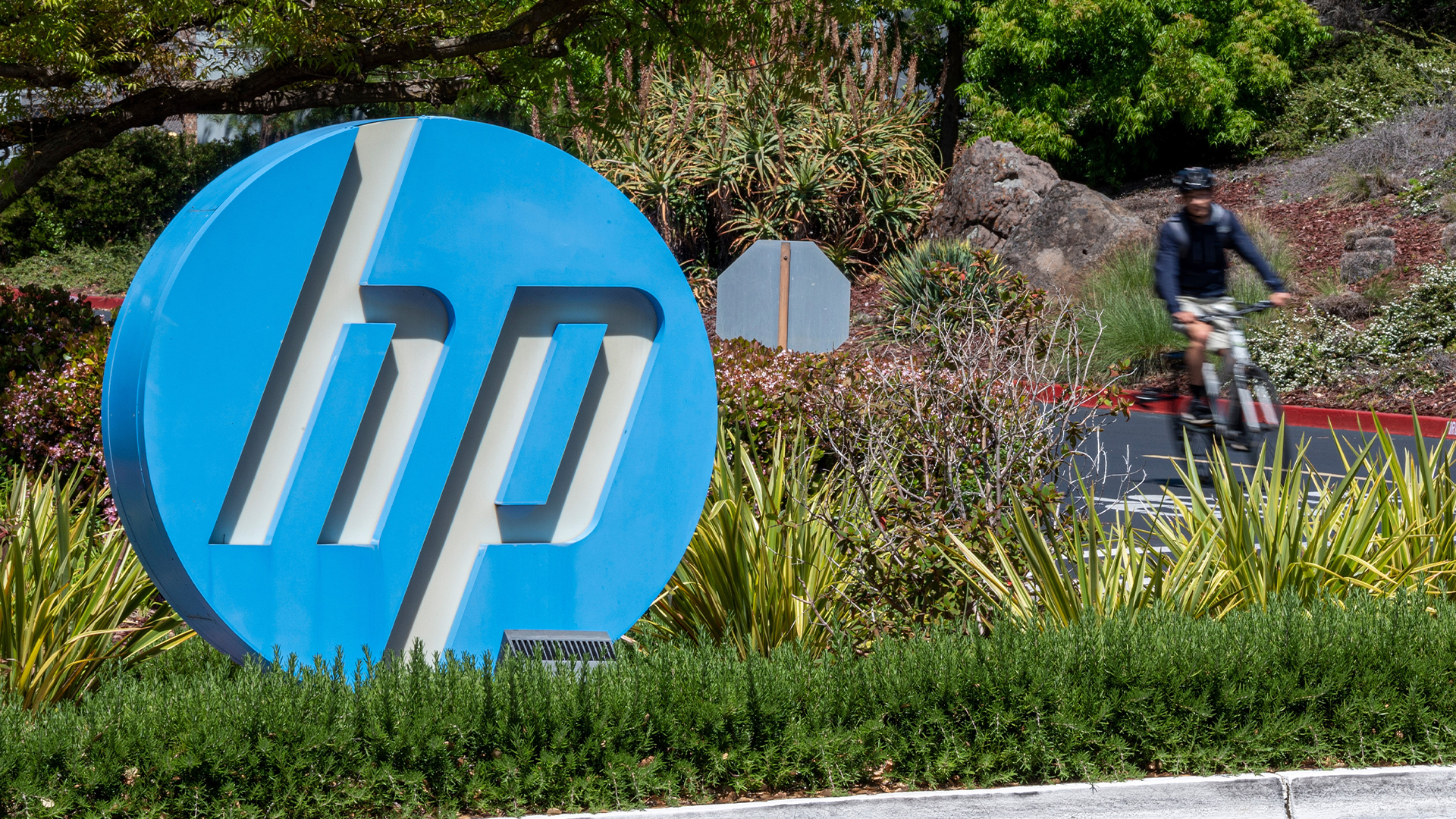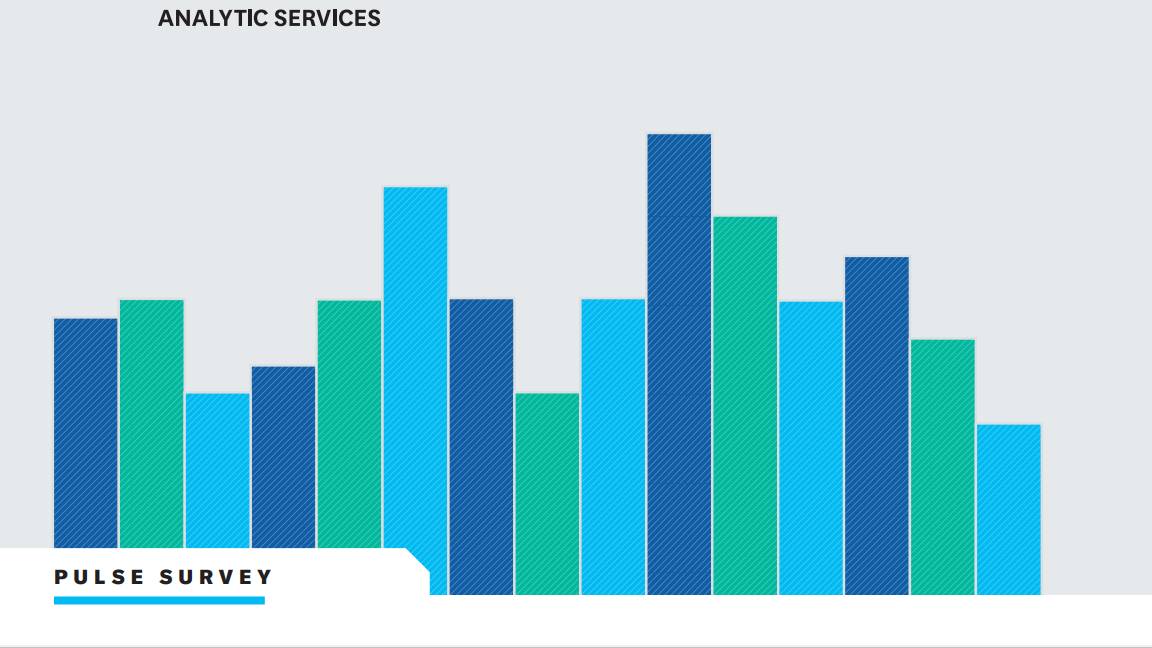Reinventing the office
Powerful portable computing devices, allied with ubiquitous networking and cloud services have allowed a revolution in working lifestyles

Mobile computing technology has promised a new style of working ever since the Osborne 1 laptop arrived in 1981. But whilst the devices themselves have become a lot lighter since the near-11kg Osborne 1, just having greater portability wasn't enough on its own for the office revolution that has been taking place over the last few years. This has come alongside a convergence of technologies that together make taking your office with you a seamless reality, with the mobile computing device centre stage.
Business systems have taken advantage of networking for decades. But for most of this time these networks were primarily used for communications and sharing important data internally within a company premises. The primary business software was still installed locally, alongside most working documents. If you wanted to take your work with you somewhere outside the office, you would need to make a conscious effort to copy it onto a removable storage device and hope that the machine you were planning to use elsewhere had the right software to open it.
More recently, however, the boundaries between what is local and what comes from the network have become blurred, so that mobile devices can essentially become windows on a persistent working environment from any location. This situation has arisen thanks to a convergence of multiple technologies.
There are still speed benefits to having the main bulk of application code loading from local storage. But storing your data on or synchronising it with a cloud-based service means you can access it anywhere, potentially even when you just have a borrowed system and a Web browser to hand. Services such as Google Drive, Dropbox or Microsoft OneDrive provide a cloud-based repository and local clients that can keep local folders on all your devices synchronised with your cloud storage, whilst SugarSync will back up any local folder to the cloud, so it can be accessed by any device with the client software or a Web browser, even a smartphone.

There are pros and cons to having your application software itself delivered in this way, in the style of Google Docs, however. Network administrators have long dreamed of all software being provided from a central repository to a relatively dumb "thin client". But this has never quite materialised. The Network Computer drive of the late 1990s proved too limiting and not enough of a monetary saving to be worth the shift in corporate culture. Even though Google Chromebooks have proven more successful, most end users are still insufficiently confident in the reliability of networking to put their trust in having their entire computing experience delivered from a remote location via the internet.
Nevertheless, when Wi-Fi went mainstream with Intel's Centrino platform in 2003, a big step was taken towards ubiquitous network connectivity. Mobile data became viable with 3G in the late 1990s, but 4G's arrival a decade ago made useful speeds possible, and now 5G is trialling in selected parts of the UK. The new 5G standard promises an achievable 1Gbit mobile data throughput, with extremely low 1ms latency, for an experience that should be similar to current corporate Ethernet networks. So, in theory, everything that is currently possible over an internal business LAN will be available anywhere with 5G coverage. This will herald yet another revolution in how we can perform our business activities away from the office.
Even with this level of mobile data performance, however, in reality most users are likely to stick with devices that have significant abilities on their own. The cloud services can then provide access to shared resources, going beyond data and communications to shared calendars and project management, videoconferencing and augmented reality. Of course, having the right "window" onto these services is essential. The device needs to provide as many forms of working as possible, which explains the popularity of convertible notebooks such as HP's EliteBook x360.
This is a powerful fully-fledged laptop able to run any Windows business productivity software, but its 13in touch screen can also flip round into a tablet format, so you could even access your apps and services whilst standing up. It has 4G Mobile Broadband built in, too, so Internet connectivity will still be available when there's no Wi-Fi in range. A portable that offers multiple modes in this way allows the worker to access and browse data in a tablet style when this is most convenient. But a full keyboard is also available when more active interaction and production are necessary. It's the best of both worlds.
The combination of portable computing, ubiquitous networking and cloud services has led to a radical change in the way we view work and the office. You used to go into a place of work, but now thanks to these technologies you can take your office with you wherever you go, so that work becomes something you do rather than a place you go. What was dead time before now becomes productive, and employees can shape their work around their lifestyles rather than vice versa.
According to a survey by web conferencing company PowWowNow, 30% of people would choose flexible working over a pay rise if they could only have one of these, and 70% said this would make a job more attractive. This isn't just a matter of work-life balance for employee satisfaction alone, either; it actually pays dividends for employers. Research by Canada Life Group Insurance found that 77% of employees felt flexible working aided productivity.
There are potential issues with this revolution, because now the onus is on you as a worker to define when you're working and when you're not, which can lead to a pressure to be "always on". But so long as you manage this aspect, the benefit of flexibility and freedom available from the developments we have talked about in this feature can be huge. With extortionate metropolitan house prices and increasingly pricey train fares, being able to work from home or elsewhere rather than a city-centre premises could become a necessity. Technology has allowed a reinvention of the office, and perhaps it came just in the nick of time.
Learn more about HP's Elitebook x360 and how it can help reinvent the office.
Intel, the Intel Logo, Intel Inside, Intel Core, and Core Inside are trademarks of Intel Corporation or its subsidiaries in the U.S. and/or other countries. [[{"type":"media","view_mode":"content_narrow","fid":"38911","attributes":{"alt":"","class":"media-image","height":"50","typeof":"foaf:Image","width":"50"}}]]
Powered by Intel Core i7 processor
Sign up today and you will receive a free copy of our Future Focus 2025 report - the leading guidance on AI, cybersecurity and other IT challenges as per 700+ senior executives
ITPro is a global business technology website providing the latest news, analysis, and business insight for IT decision-makers. Whether it's cyber security, cloud computing, IT infrastructure, or business strategy, we aim to equip leaders with the data they need to make informed IT investments.
For regular updates delivered to your inbox and social feeds, be sure to sign up to our daily newsletter and follow on us LinkedIn and Twitter.
-
 Google is scrapping its dark web report feature
Google is scrapping its dark web report featureNews Google said while the dark web report feature offered “general information”, the tool didn’t provide “helpful next steps” for users potentially impacted by a breach.
-
 AI means you're probably going to need bigger developer teams
AI means you're probably going to need bigger developer teamsAnalysis Software developers may be forgiven for worrying about their jobs in 2025, but the end result of AI adoption will probably be larger teams, not an onslaught of job cuts.
-
 HP’s sustainability drive is paying off for channel partners
HP’s sustainability drive is paying off for channel partnersNews Channel partners that bought into HP’s sustainability program saw sales increase as customers react positively
-
 ‘We think that selling everything helps the customer’: HP wants to supercharge its partner program to support a new market strategy
‘We think that selling everything helps the customer’: HP wants to supercharge its partner program to support a new market strategyNews HP has enhanced its partner program to encourage channel partners to sell its entire range of products and solutions.
-
 Predicts 2024: Sustainability reshapes IT sourcing and procurement
Predicts 2024: Sustainability reshapes IT sourcing and procurementwhitepaper Take the following actions to realize environmental sustainability
-
 Advance sustainability and energy efficiency in the era of GenAI
Advance sustainability and energy efficiency in the era of GenAIwhitepaper Take a future-ready approach with Dell Technologies and Intel
-
 2024 State of procurement report
2024 State of procurement reportWhitepaper The trends shaping the future of business buying
-
 Digital optimisation paves the way to strategic supplier management
Digital optimisation paves the way to strategic supplier managementWhitepaper Procurement’s role as a strategic driver
-
 Bringing order to the file management chaos plaguing AEC firms
Bringing order to the file management chaos plaguing AEC firmswhitepaper How a cloud-based solution, supported by edge technology, helps architecture, engineering, and construction firms boost performance and cut costs
-
 File data services to support modern manufacturing
File data services to support modern manufacturingwhitepaper Smart file data services deliver resilience and intelligence to the modern manufacturing organization

